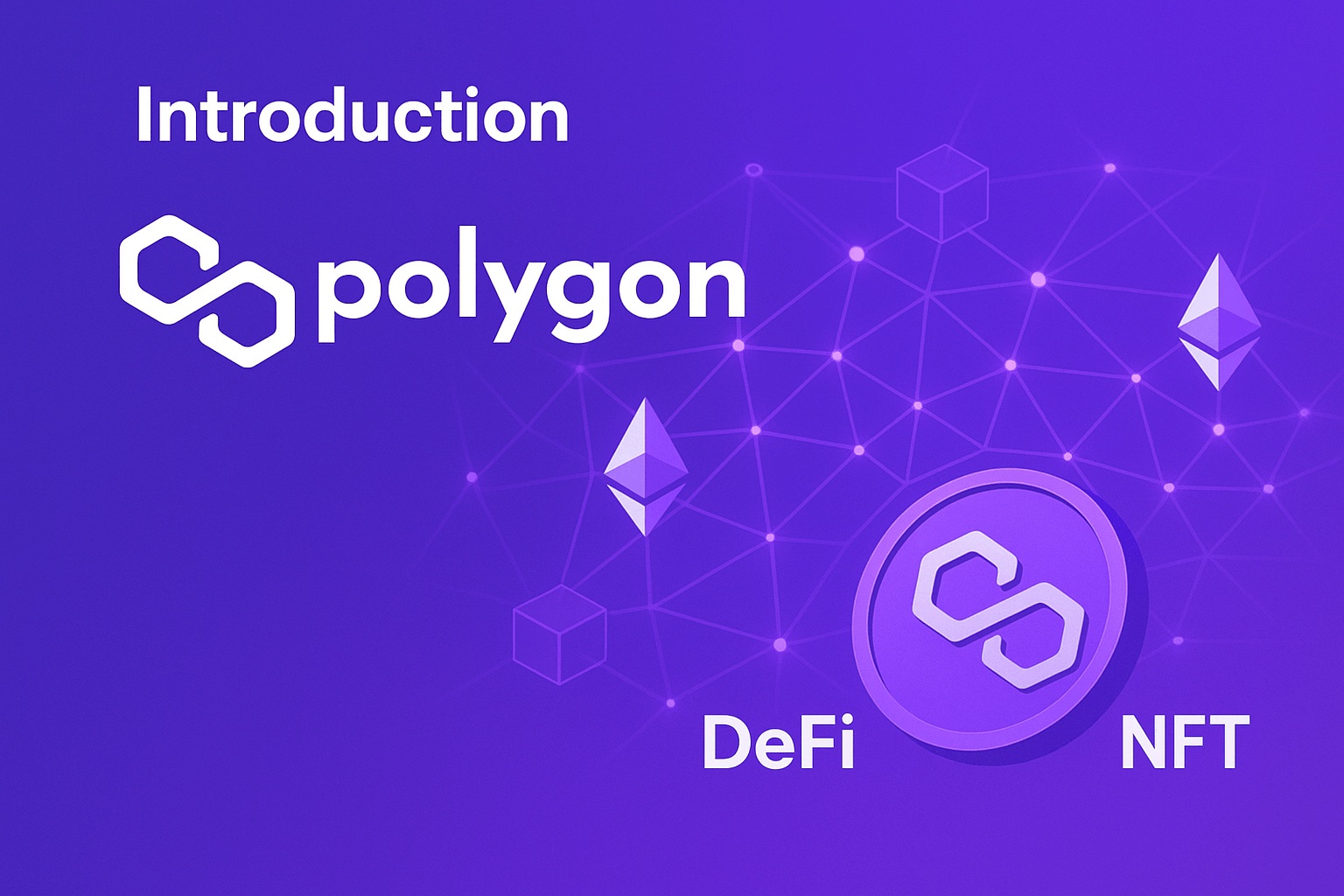Polygon (MATIC) Price Forecast for the End of 2025: In-Depth Insights and Analysis
This article is intended for informational and educational purposes only and does not constitute financial advice. Cryptocurrency investments carry significant risks.
Introduction
Polygon (MATIC) is valued at approximately $0.24. As a premier Layer 2 scaling solution for Ethereum, Polygon enhances decentralized finance (DeFi) by enabling faster, low-cost transactions via its Proof-of-Stake sidechain. With a market capitalization of around $1.2 billion and a daily trading volume of about $150 million, Polygon holds a strong position in the crypto market. This analysis delves into MATIC’s price potential by the end of 2025, exploring optimistic and pessimistic scenarios, key growth drivers, and risks based on market trends and ecosystem developments.

Current Situation
Polygon (MATIC) is trading at around $0.24, with a market capitalization of approximately $1.2 billion and a circulating supply of ~5 billion tokens. The 24-hour trading volume is ~$150 million, slightly down from recent levels. MATIC is actively traded on major platforms like Binance, Coinbase, and Kraken, primarily in USDT and USD pairs. Technical indicators reflect a neutral market: the Relative Strength Index (RSI, 14) is near 50, with the 50-day SMA (~$0.25) close to the 200-day SMA (~$0.28), suggesting a stable, sideways trend. Over the past year, MATIC’s price has fluctuated between $0.18 and $0.70, with support at $0.23–$0.22 and resistance at $0.25–$0.26 and $0.30–$0.35.
Price Predictions for End of 2025
Forecasts for Polygon (MATIC) by the end of 2025 vary based on market conditions and network progress:
- Bearish Scenario: MATIC may linger between $0.15 and $0.20 if market weakness persists or competition intensifies. Some projections estimate a low of ~$0.15.
- Base Scenario: The expected range is $0.25–$0.50, with analysts predicting an average of ~$0.30–$0.40, supported by consistent adoption.
- Bullish Scenario: In a strong bull market with successful upgrades, MATIC could exceed $1, with optimistic forecasts suggesting up to $1.57.
Consensus estimate: $0.20–$0.50, with an expected average of ~$0.30–$0.40.
Factors Driving Price Growth
- Technological Upgrades: The Bhilai hard fork enables Polygon to process up to 1,000 transactions per second (TPS) with minimal fees, enhancing its appeal for DeFi and dApps.
- DeFi Ecosystem Growth: Polygon’s Total Value Locked (TVL) surged 43% to $1.23 billion in 2025, driven by platforms like QuickSwap and Polymarket.
- Strategic Collaborations: Partnerships with Chainlink for data oracles and advancements in zk-rollups draw more developers and users to the network.
- Community Initiatives: Grants from the Polygon Foundation and active hackathons encourage dApp development and boost adoption.
- Institutional Backing: Increasing capital inflows and Polygon’s pivotal role as an Ethereum Layer 2 solution support its long-term growth.

Risks and Downward Factors
- Network Reliability: Past issues, such as the September 2025 finality delay, underscore potential technical vulnerabilities that could dent investor confidence.
- Regulatory Challenges: Evolving cryptocurrency regulations may impact Layer 2 solutions and MATIC’s utility.
- Competitive Pressures: Competition from other Ethereum Layer 2 platforms, such as Optimism and Arbitrum, could erode Polygon’s market share.
- Market Volatility: High volatility and potential sell-offs could push MATIC’s price down to $0.15–$0.20.
- Token Supply Dynamics: Ongoing token emissions may dilute value if demand growth lags.
Volatility Analysis
Polygon’s technical outlook remains neutral. The RSI (14) ≈ 50 signals a balanced market, while the MACD shows mild bullish divergence on weekly charts. However, a descending triangle pattern advises caution. Key support levels are $0.23–$0.22, with resistance at $0.25–$0.26 and $0.30–$0.35. Trading volumes are moderate (~$100–$150 million/day), with low volatility (7-day range $0.235–$0.245). Polygon’s focus on scalability and DeFi lays a foundation for recovery, but competitive pressures and technical risks may cap short-term upside.
Conclusion
By the end of 2025, Polygon (MATIC) is projected to trade between $0.20 and $0.50, with a base case of ~$0.30–$0.40. A bearish market could see prices at $0.15–$0.20, while a bullish scenario with network upgrades and market recovery could drive MATIC above $1. Growth is fueled by TVL growth, technological enhancements, and DeFi adoption, but risks include competition, technical challenges, and regulatory uncertainty. Investors should monitor TVL, network upgrades, and Ethereum ecosystem trends. For more details, visit polygon.technology.